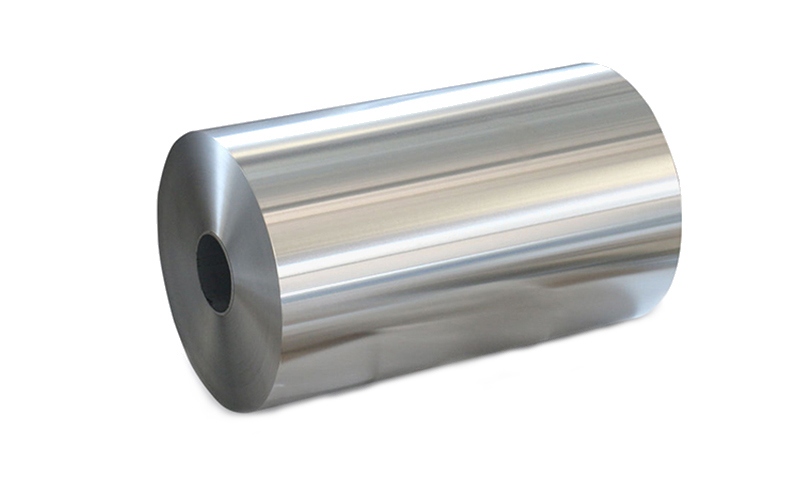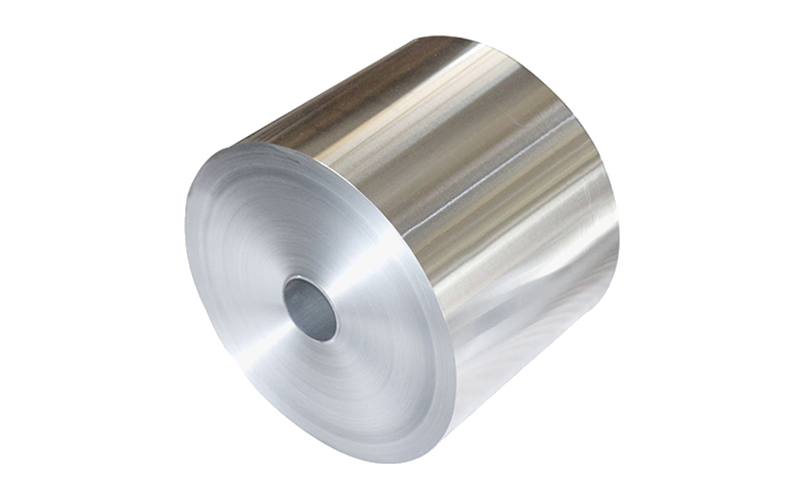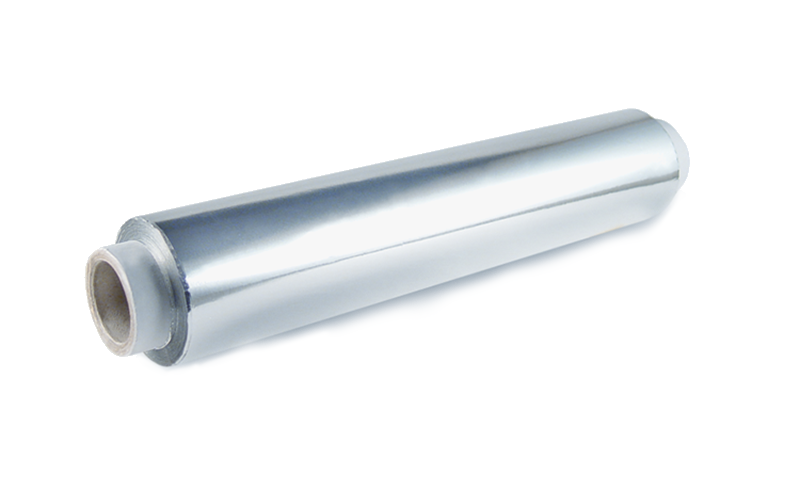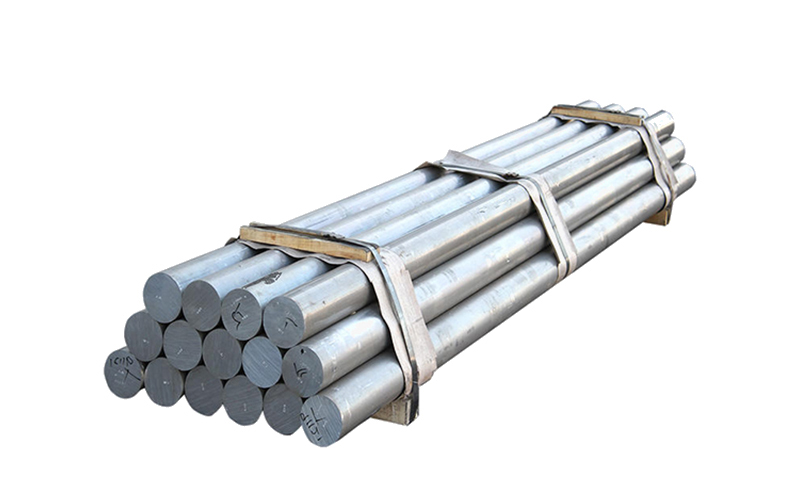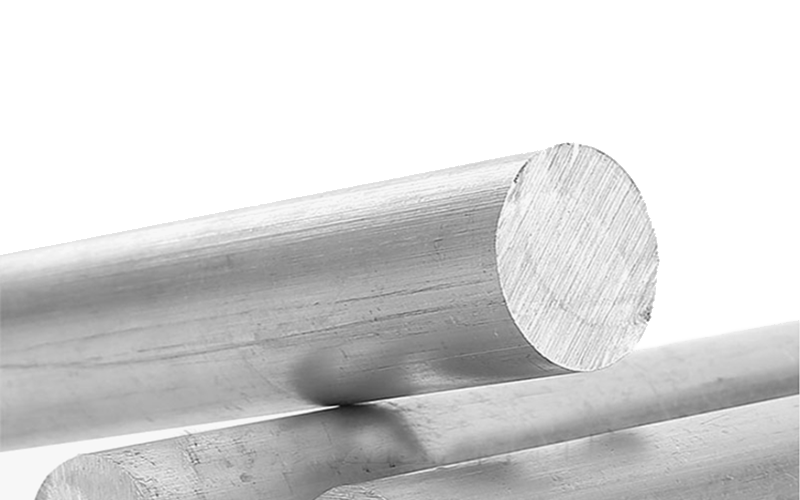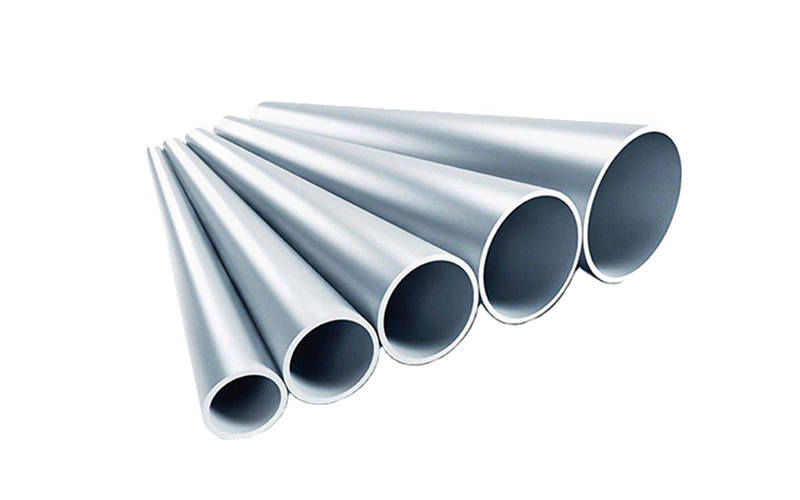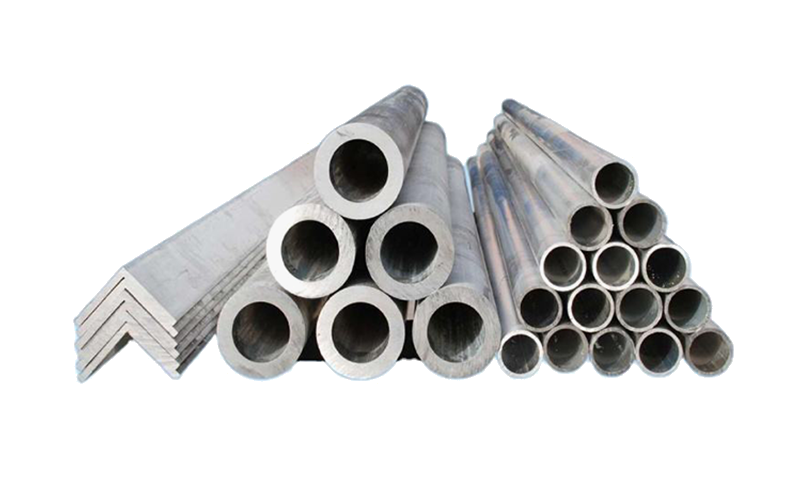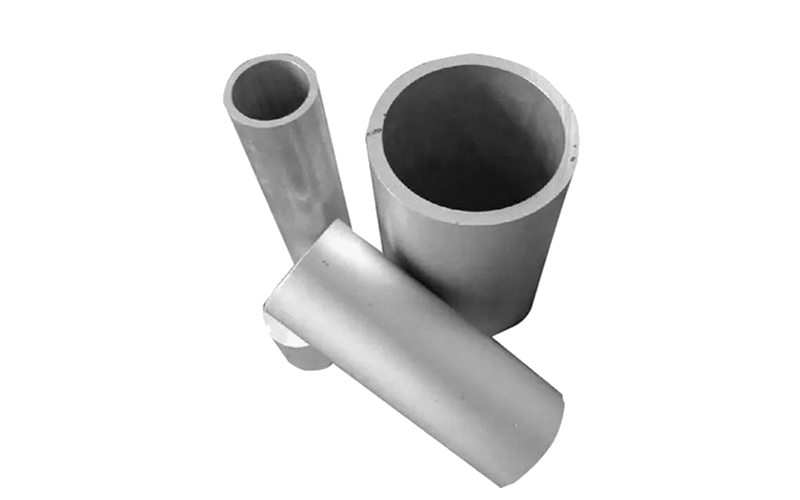 Aluminum foilAluminum foil is a kind of hot stamping material with metal aluminum directly rolled into a sheet, and its hot stamping effect is similar to that of sterling silver foil, so it is also called false silver foil. Due to the soft texture of aluminum, good ductility, with a silver-white luster, if the rolled sheet, with sodium silicate and other substances mounted on offset paper to make aluminum foil sheets, can also be printed. However, the aluminum foil itself is easy to oxidize and dark, friction, touch, etc., will fade, so it is not suitable for long-term preservation of book covers and other hot printing.
Aluminum foilAluminum foil is a kind of hot stamping material with metal aluminum directly rolled into a sheet, and its hot stamping effect is similar to that of sterling silver foil, so it is also called false silver foil. Due to the soft texture of aluminum, good ductility, with a silver-white luster, if the rolled sheet, with sodium silicate and other substances mounted on offset paper to make aluminum foil sheets, can also be printed. However, the aluminum foil itself is easy to oxidize and dark, friction, touch, etc., will fade, so it is not suitable for long-term preservation of book covers and other hot printing. 1070 Aluminum foil1070 aluminum has high plasticity, corrosion resistance, electrical conductivity and good thermal conductivity, but low strength, not through heat treatment to strengthen, cutting is not good, can accept contact welding, gas welding. Make use of its advantages to manufacture some structural parts with specific performance, such as aluminum foil gaskets and capacitors, electronic tube isolation net, wire, cable protection sleeve, net, wire core and aircraft ventilation system parts and decorative parts. And 1070 aluminum similar to ask 1070A aluminum, industrial pure aluminum, with the general characteristics of aluminum, small density, good electrical and thermal conductivity, corrosion resistance, good plastic processing performance, can be processed into plate, belt, foil and extruded products, can be gas welding, argon arc welding, spot welding. Industrial pure aluminum cannot be strengthened by heat treatment, but its strength can be improved by cold deformation, and the only form of heat treatment is annealing.
1070 Aluminum foil1070 aluminum has high plasticity, corrosion resistance, electrical conductivity and good thermal conductivity, but low strength, not through heat treatment to strengthen, cutting is not good, can accept contact welding, gas welding. Make use of its advantages to manufacture some structural parts with specific performance, such as aluminum foil gaskets and capacitors, electronic tube isolation net, wire, cable protection sleeve, net, wire core and aircraft ventilation system parts and decorative parts. And 1070 aluminum similar to ask 1070A aluminum, industrial pure aluminum, with the general characteristics of aluminum, small density, good electrical and thermal conductivity, corrosion resistance, good plastic processing performance, can be processed into plate, belt, foil and extruded products, can be gas welding, argon arc welding, spot welding. Industrial pure aluminum cannot be strengthened by heat treatment, but its strength can be improved by cold deformation, and the only form of heat treatment is annealing. 5083 Aluminum foil5083 aluminum alloy is a high-strength aluminum alloy with excellent corrosion resistance and weldability. Due to its good mechanical properties, 5083 aluminum alloy is commonly used in the manufacture of aerospace, automotive, military and other harsh environment products.
5083 Aluminum foil5083 aluminum alloy is a high-strength aluminum alloy with excellent corrosion resistance and weldability. Due to its good mechanical properties, 5083 aluminum alloy is commonly used in the manufacture of aerospace, automotive, military and other harsh environment products. Aluminum barAn aluminum rod is a rod-like material made of pure aluminum or aluminum alloys, usually produced by a continuous casting and rolling process or an extrusion process. Aluminum rod has a variety of excellent characteristics, such as low density, high strength, good electrical conductivity, corrosion resistance, easy processing and recycling, so it is widely used in aviation, automobiles, ships, construction, power, electronics, communications, packaging and decoration and other fields.
Aluminum barAn aluminum rod is a rod-like material made of pure aluminum or aluminum alloys, usually produced by a continuous casting and rolling process or an extrusion process. Aluminum rod has a variety of excellent characteristics, such as low density, high strength, good electrical conductivity, corrosion resistance, easy processing and recycling, so it is widely used in aviation, automobiles, ships, construction, power, electronics, communications, packaging and decoration and other fields.
The main uses of aluminum rods include:
Mechanical processing: Aluminum rods can be made into various parts and components by turning, milling, drilling, cutting and other mechanical processing methods, such as shafts, gears, bearings, brackets, etc.
Extrusion molding: Aluminum rods can also be made into various shapes of aluminum profiles through the extrusion process, such as aluminum alloy door and window frames, curtain wall frames, decorative strips, etc.
Casting: Aluminum rods can also be used as casting materials for the production of various aluminum castings, such as engine blocks, cylinder heads, crankcases, etc.
Electrical industry: Aluminum rod has good electrical conductivity, so it is widely used in the electrical industry, such as making wires, cables, busbars, transformers and so on.
It should be noted that the specific application of aluminum rods needs to be selected and used according to engineering requirements and specifications to ensure their safety and effectiveness. At the same time, for applications involving important structures or critical components, it is recommended to carry out professional evaluation and testing to ensure that the selection and use of materials meet the relevant standards and requirements. 7075 Aluminum bar7075 aluminum alloy is a cold - treated forging alloy, high strength, far better than mild steel. 7075 is one of the strongest alloys commercially available. Under heat treatment, can achieve very high strength characteristics. 7075 materials are generally added a small amount of copper, chromium and other alloys, the department of 7075-T651 aluminum alloy is particularly top grade, known as the best aluminum alloy products, high strength, far better than any mild steel. The alloy also has good mechanical properties and anode reaction.
7075 Aluminum bar7075 aluminum alloy is a cold - treated forging alloy, high strength, far better than mild steel. 7075 is one of the strongest alloys commercially available. Under heat treatment, can achieve very high strength characteristics. 7075 materials are generally added a small amount of copper, chromium and other alloys, the department of 7075-T651 aluminum alloy is particularly top grade, known as the best aluminum alloy products, high strength, far better than any mild steel. The alloy also has good mechanical properties and anode reaction. 6082 Aluminum bar6082 is a heat-treatable alloy with good formability, weldability, machinability and corrosion resistance. It also has moderate strength and can maintain good operability after annealing. It is mainly used in mechanical structure, including bars, plates, pipes and profiles. This alloy has similar but not identical mechanical properties to alloy 6061, and its -T6 state has higher mechanical properties. Alloy 6082 is a common alloy product in Europe and has high application in the United States for processing raw materials, seamless aluminum tubes, structural profiles and custom profiles. 6082 alloy usually has good machining properties and good anodic reactivity. The most common anodic reaction methods include impurity removal and staining, coating, etc.
6082 Aluminum bar6082 is a heat-treatable alloy with good formability, weldability, machinability and corrosion resistance. It also has moderate strength and can maintain good operability after annealing. It is mainly used in mechanical structure, including bars, plates, pipes and profiles. This alloy has similar but not identical mechanical properties to alloy 6061, and its -T6 state has higher mechanical properties. Alloy 6082 is a common alloy product in Europe and has high application in the United States for processing raw materials, seamless aluminum tubes, structural profiles and custom profiles. 6082 alloy usually has good machining properties and good anodic reactivity. The most common anodic reaction methods include impurity removal and staining, coating, etc. 2036 Aluminum pipe2036 aluminum this is an early application of a kind of hard aluminum, commonly known as standard hard aluminum, with moderate strength, annealing, quenching and hot state plasticity is good, heat treatment can be strengthened, quenching and natural aging state in use, spot welding weldability is good. 2036 aluminum alloy features: high strength, a certain heat resistance, can be used for working parts below 150℃. The strength of 2036 alloy is higher than that of 7075 alloy. The formability is better in hot state, annealing state and new quenching state, and the effect of heat treatment is remarkable, but the heat treatment process is strict. Corrosion resistance is general, but with pure aluminum coating can be effectively protected, but using a special process can be welded, also can be riveted. Widely used in aircraft structures, rivets, truck wheels, propeller components and other structural parts.
2036 Aluminum pipe2036 aluminum this is an early application of a kind of hard aluminum, commonly known as standard hard aluminum, with moderate strength, annealing, quenching and hot state plasticity is good, heat treatment can be strengthened, quenching and natural aging state in use, spot welding weldability is good. 2036 aluminum alloy features: high strength, a certain heat resistance, can be used for working parts below 150℃. The strength of 2036 alloy is higher than that of 7075 alloy. The formability is better in hot state, annealing state and new quenching state, and the effect of heat treatment is remarkable, but the heat treatment process is strict. Corrosion resistance is general, but with pure aluminum coating can be effectively protected, but using a special process can be welded, also can be riveted. Widely used in aircraft structures, rivets, truck wheels, propeller components and other structural parts. Aluminum pipeAluminum tube is a tubular material made of pure aluminum or aluminum alloy, which is made by extrusion, and its cross section is usually circular. Aluminum pipe has a variety of advantages, such as light weight, high strength, corrosion resistance, beautiful, easy to process and environmental protection can be recycled. It is widely used in home, electrical appliances, aviation, automobiles, ships, construction, agriculture, electrical and packaging industry and other fields.
Aluminum pipeAluminum tube is a tubular material made of pure aluminum or aluminum alloy, which is made by extrusion, and its cross section is usually circular. Aluminum pipe has a variety of advantages, such as light weight, high strength, corrosion resistance, beautiful, easy to process and environmental protection can be recycled. It is widely used in home, electrical appliances, aviation, automobiles, ships, construction, agriculture, electrical and packaging industry and other fields.
Aluminum pipe according to the shape can be divided into square pipe, round pipe, pattern pipe, shaped pipe and other types. The main uses of aluminum tubes include industrial applications such as air transport, coolers and heaters, the manufacture of medical devices, as a common material for electronic components and electronic devices, in construction and decorative materials, and in the manufacture of automotive parts and aircraft components.
Please note that the specific application of aluminum tubes needs to be selected and used according to engineering requirements and specifications to ensure their safety and effectiveness. In applications involving important structures or critical components, professional evaluation and testing is recommended to ensure that the selection and use of materials comply with relevant standards and requirements. 5754 Aluminum pipe5754 aluminum alloy is a typical al-Mg alloy with moderate strength, good corrosion resistance, weldability and easy to be formed. In foreign countries, 5754 aluminum alloy sheet with different heat treatment status is the main material used in automobile manufacturing industry (car doors, molds, seals) and can industry. 5754 aluminum is widely used in welding structures, storage tanks, pressure vessels, ship structures and offshore facilities, transport tanks and tanks, as well as in applications requiring excellent machining performance, excellent corrosion resistance, high fatigue strength, high weldability and medium static strength.
5754 Aluminum pipe5754 aluminum alloy is a typical al-Mg alloy with moderate strength, good corrosion resistance, weldability and easy to be formed. In foreign countries, 5754 aluminum alloy sheet with different heat treatment status is the main material used in automobile manufacturing industry (car doors, molds, seals) and can industry. 5754 aluminum is widely used in welding structures, storage tanks, pressure vessels, ship structures and offshore facilities, transport tanks and tanks, as well as in applications requiring excellent machining performance, excellent corrosion resistance, high fatigue strength, high weldability and medium static strength.

{item.title}
{item.description}
Leave A Message

